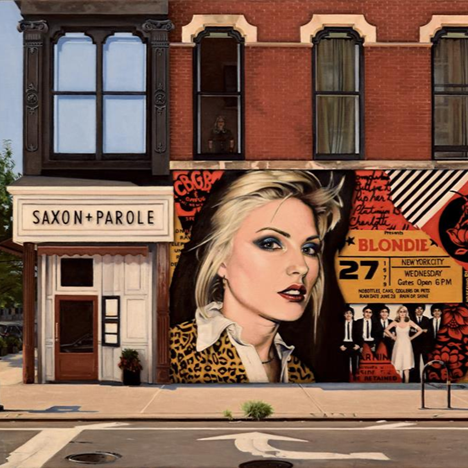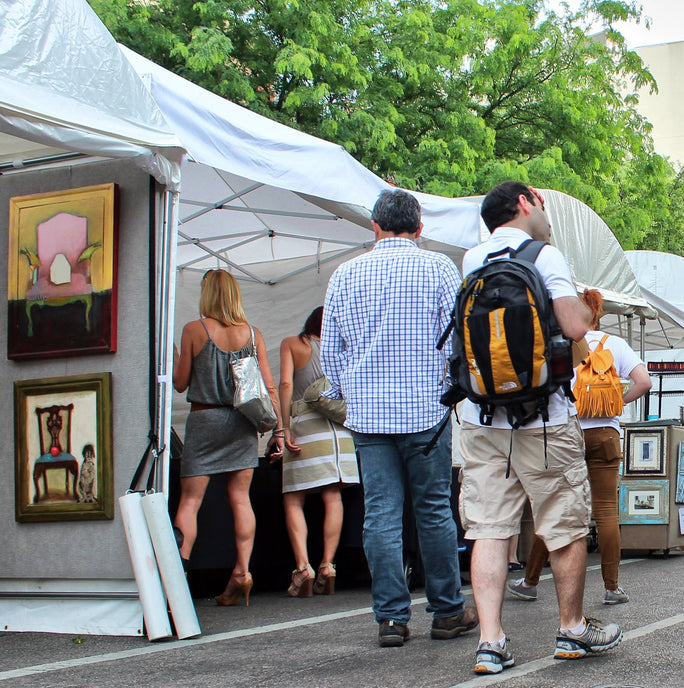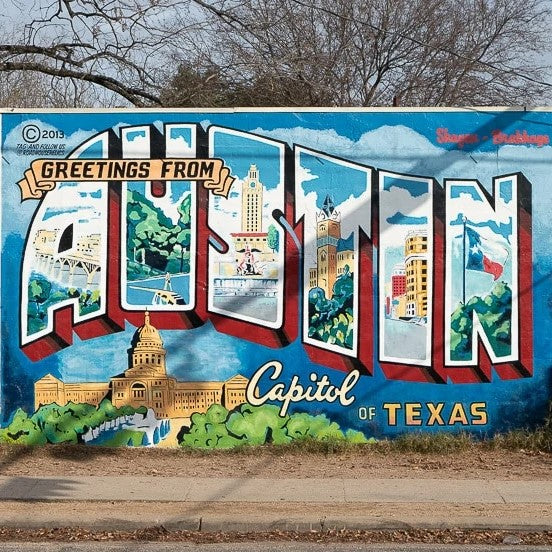Art in Public Places: The Allure of Street Art



As we’ve explored and shared some of our favorite art destinations in recent blog posts, one thing we’ve noticed is that in addition to cool museums and chic galleries, many of these locales have something else in common. What we’re referring to is great public art. In reflecting on the different types of art to see in public places which we’ve encountered in various cities, one which we find particularly intriguing is street art.
With its modern domestic roots in graffiti, street art has evolved into a mesmerizing cultural experience. We’re taking a closer look at why street art as public art is so intriguing, including some of the fascinating characters that played a role in making it mainstream.
It Started With Graffiti
Many of the modern elements of street art started with the graffiti subculture. The recent history of graffiti in the United States can be traced to 1960s and 70s New York City and Philadelphia when words were commonly scribbled and scribed by renegade youth using spray paint to share a message. Hip hop culture also coincided and overlapped with the birth of graffiti, and played a role in its evolution.
For obvious reasons, graffiti has a controversial history, yet the underground movement of graffiti art as a form of expression took off. Text-based works and later visual images popped up on subway cars, billboards, bridges and the exterior facades of buildings and structures on streets in urban neighborhoods throughout America. These visuals were often an expression of emerging social and political concerns of the time, giving voice to a young generation.
Yet…..it’s Different Than Graffiti
So what is the difference between graffiti and street art? Some might argue that all graffiti is art though what we call street art is not often considered graffiti. The main difference is that for something to be deemed as street art implies the property owner granted permission for its creation, otherwise known as "legal walls.”
Although often it may be commissioned by a building owner, in many cases, street art is initiated as part of a beautification or urban development project. Government-sponsored “art in public places” programming has popped up all over the United States in recent years in efforts to build a greater sense of community and generate art tourism.
Street artists typically utilize different materials such as wheat paste as opposed to spray paint. There are few limits as to the type of works that may be exhibited as street art, including paintings and murals as well as more complex three-dimensional installations.
How the Movement Went Mainstream
During the late twentieth century, a couple of street artists broke through the barriers and stigma associated with the early street art movement, inviting the world to recognize its cultural value. While we’re not sure either of them would be (or would have been) keen on being referred to as mainstream, these pioneers paved the way for greater acceptance of street art as a legitimate form of contemporary artistic expression.
Keith Haring
While many street artists made an impression, New Yorker Keith Haring (1958 - 1990) was among the first street artists whose work helped catapult street arts into the mainstream as an art form. A child of the 60s, Haring longed to be a contributor to a counter-culture revolution, and the simple yet provocative chalk figures he began scrolling on the wall of subway stations gained him notoriety. As a graffiti artist, Haring took pride in bringing art directly to the people and making it more accessible. Haring was known for his ability to create images as a substitute for words in order to convey both simple and complex stories.
With frequent comparisons to Andy Warhol, pop art influences of the 80s were a source of inspiration for his work, which caught the attention of established artists and galleries. He became famous for his now iconic sculptures as well. He was inevitably invited to present his art in local and international galleries. Haring encountered criticisms for commercial use of his work, though he viewed it as an opportunity to gain a new level of exposure.
Banksy
Across the pond in the UK, with an identity shrouded in mystery, the street artist known as Banksy similarly gained traction a decade or so later. Beginning in the early 90s, the street art creations of the Bristol, England artist began to emerge throughout the city and later throughout the UK. Though there are strong theories regarding the identity of Banksy, there has been no definitive unmasking of the artist, who still produces street art in cities all over the globe.
In not-so-subtle ways Banksy’s art, usually in the form of multilayered stencils, is an exercise in the social sciences, and a sometimes critical reflection of his (or her?) take on current events. Despite being anti-establishment, Banksy’s works command significant price tags at auction. That said, Banksy has made substantial charitable contributions which include donations to the National Health Service benefitting British hospitals.
Why We Are Fans of Street Art
Like most art enthusiasts, we enjoy visiting museums and art galleries, but there is something intriguing and special about discovering a city’s unique urban art. Whether it’s the eclectic neighborhoods of Soho and Little Italy in New York City or the bohemian enclaves of Montrose in Houston, street art reflects the unique culture and personality of a community.
We look forward to sharing more about exciting street art to experience in some of our favorite cities in upcoming articles. In the meantime, you can shop UGallery’s selection of original works and check out new art weekly on our website.





